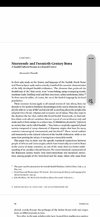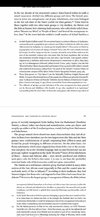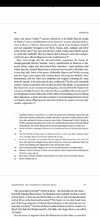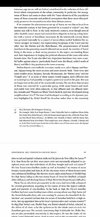I've recently been reading about how the mongo invasion led to the shifting of the center of islamix civilization from bagdhad and the fall of the caliphate model to a new model of islamic governance focused more on sultans and control of the hejaz as giving legitimacy. This has me wondering about how socioeconomic transformations in somalia led to new modes of governance and how we can divided it I've roughly an idea that goes like this.
1) clan states( 700-1100)
This is the period when islam arrives and the synthesis between somali traditions and islam happen and towards the end of this period is when start getting clan patriarchs and saints
2) city based sultanates (1200-1600)
This seems like the golden age where trade is at its highest and when urbanization was likely at its peak and scholars go overseas to places like cauro and yemen and become well established there and sultana seem to govern from spefici towns there's porbaly more going on that we have no idea but power seems to be concentrated in cities and towns
3) remergence of clan staes (1650- 1850)
This seems to be a period of decline and I susoects that the clans were probaly far more nomadic than the (700-1100) period due to a more drier climate. This is also when a lot of bendarirs likely came since the ones who claim to he the oldest trace their heritage back to arabc clans from hadramqwt who began migrating at this time. This period is likely in the first half marked by intense clashes with oromos and clan raids as resources dry up. The second half seems to have likely more connection with the strengthening of sufi orders and the clans sultanates seem to be shifting more towards city sultanates again when colonization began
I'll end with two questions that i think are important
1) What is the connection between sufi orders and clan shrines
2) what was the ruling ideaology in the city sultanates period (1200-1600)
1) clan states( 700-1100)
This is the period when islam arrives and the synthesis between somali traditions and islam happen and towards the end of this period is when start getting clan patriarchs and saints
2) city based sultanates (1200-1600)
This seems like the golden age where trade is at its highest and when urbanization was likely at its peak and scholars go overseas to places like cauro and yemen and become well established there and sultana seem to govern from spefici towns there's porbaly more going on that we have no idea but power seems to be concentrated in cities and towns
3) remergence of clan staes (1650- 1850)
This seems to be a period of decline and I susoects that the clans were probaly far more nomadic than the (700-1100) period due to a more drier climate. This is also when a lot of bendarirs likely came since the ones who claim to he the oldest trace their heritage back to arabc clans from hadramqwt who began migrating at this time. This period is likely in the first half marked by intense clashes with oromos and clan raids as resources dry up. The second half seems to have likely more connection with the strengthening of sufi orders and the clans sultanates seem to be shifting more towards city sultanates again when colonization began
I'll end with two questions that i think are important
1) What is the connection between sufi orders and clan shrines
2) what was the ruling ideaology in the city sultanates period (1200-1600)



































